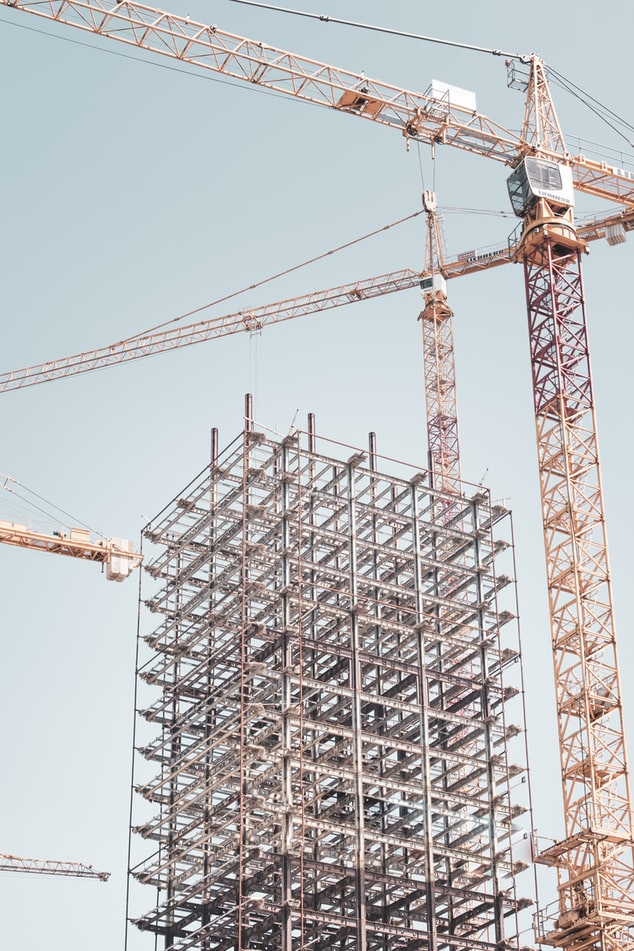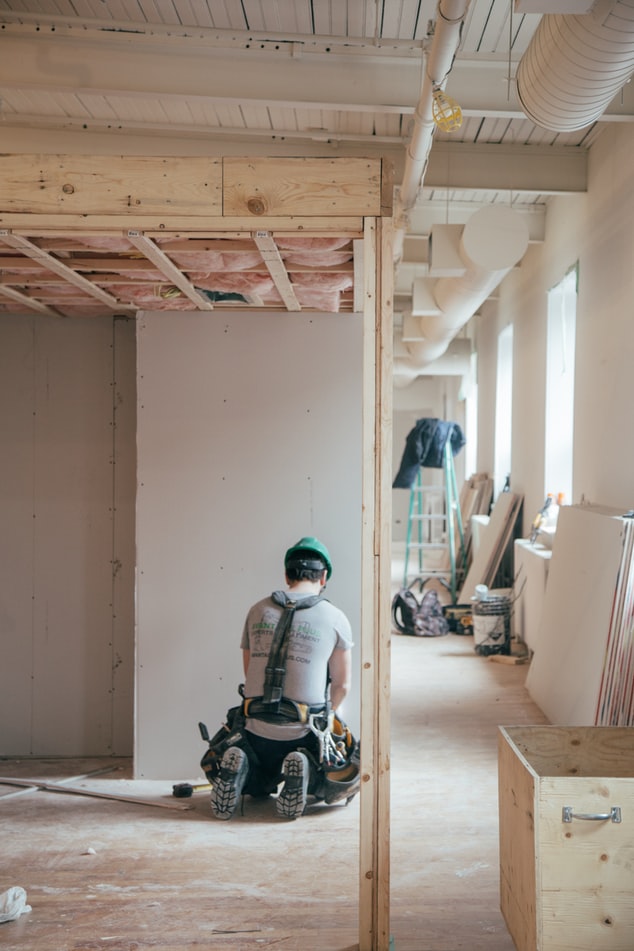Technology is evolving continually affecting all industries, and the construction one is no exception. Technology is altering life as we know it, but it doesn’t have to be a negative process, it all depends on us to know how to use it. When it comes to the construction industry, tech allows us to create sturdier and longer-lasting buildings because it enhances the longevity and quality of structures in countless ways. Alongside the tech-devices we are using daily in our homes, to make our lives easier, we also use sustainable materials, advanced equipment and tools to build structures that can withstand natural disasters.
The construction companies that have decided to adopt tech into their operations have proven more successful than their competitors that prefer traditional means.And with the volume of buildings expected to grow by 85% by 2030 we need all the help we can get to construct innovative buildings. But this growth will pose multiple challenges to the construction industry because it’s expected to deliver more buildings with limited resources and lack of workforce.
For the companies that are ready to take advantage of tech and sustainable techniques it’s expected this to be their opportunity to experience enormous financial growth.
The Johnson Controls building is proof that sustainable building supported by tech is possible.
So how does tech reshape the construction industry?
Constructers rely on software to deliver top-notch structures
At present software and other tech solutions can help constructors manage all the aspects of the projects they are running. Software is used from the preconstruction phase, to the scheduling one, and even towards the end of the process. There’s a software solution that can streamline every stage to enhance productivity. Because many programs are cloud-based, project managers can make changes, upload new files, and modify schedules remotely. Software enhances collaboration and communication.
Tech also facilitates data collection and sharing between the construction site and back office. The employees working on site upload information and the project managers check it at their office and send their response. This way construction companies can save time and money because they no longer have to meet in person and they no longer need to check hundreds of files to find the information they need.
Offsite construction
More and more structures are based on repetitive layouts and floorplans. Construction companies specialise in a niche and they deliver the same structure for different clients. Schools, prisons, homes, hotels, offices, and even hospitals, they all can be constructed according to a repetitive floorplan. Actually, some of the world’s most famous hotel chains differentiate themselves from the others by building the same structure no matter where it’s located. This is possible thanks to offsite construction that can be completed in a controlled environment. Some compare this type of work to auto manufacturing, where at different stations workers use tools and materials to add a new component to an established structure. It doesn’t matter if we are speaking about electrical wires or wall frames, offsite construction can be used extensively.
Offsite construction can come in a prefabricated or modular form. By using the modular technique, companies can build entire rooms, from small ones like bathrooms, to large ones like an entire house. Once finished, the structure is transported to the construction site and attached to the structural frame. By relying on the prefabricated construction technique the components of the building are built offsite, and put together once they are transported at their destination.
Sustainable and innovative materials
Worldwide constructing specialists conduct research to find new ways to develop innovative materials that enhance buildings’ safety and longevity. For example, nowadays it’s available on the market a new type of self-healing concrete that can make structures more sustainable. Also, heat-reflective paints are used to reduce the cooling and heating needs of constructions. Companies have started to use recycled aggregates like type 1 hardcore and soil products to construct structures because they are more sustainable and meet BS EN standards.
Because the planet is experiencing more and more natural disasters, solutions that reinforce buildings to survive these calamities are highly needed. Depending on the area where the structure should be constructed we are speaking about seismic, flood, or fire reinforcement. Thanks to the latest building materials available on the market, structures are stronger than ever. Constructers are using them to create buildings that can withstand time and challenges.
Energy analysis is conducted early in the process
Because technology allows people to build more sustainable than in the past, constructors consider structure performance essential. When constructing a green building, energy analysis is required to understand,what the amount of energy is needed to build and to power it. They make sure that they create a structure that provides natural light and requires a small amount of electricity to light and power the premises.
Engineers and architects base their analysis on Building Information Modelling and software programs. These tools allow them to find the best solution to design an energy-efficient structure. Energy analysis is one of the subjects discussed during the entire design process because it’s crucial to understand the energy needs of the building. When discussing with the client, the engineers and architects inform them about the amount of energy needed to complete the project. They also demonstrate how certain decisions impact the design of the building.
Disaster resilience
We have mentioned disaster resilience before, but it’s important to discuss it in detail. Because of the changes in climate the planet is experiencing, the number of natural disasters is growing and buildings are expected to resist earthquakes, floods, tornadoes and even hurricanes. Disaster resilience is a hot topic in the construction industry because it’s important to find materials and designs that can withstand the forces of nature. When building in an area prone to flooding, concrete walls are the best option because even if they get wet, they dry themselves quickly. The structures located in areas prone to storms feature storm-resistant windows, reinforced doors and are made from materials strong enough to face tornadoes and hurricanes.

